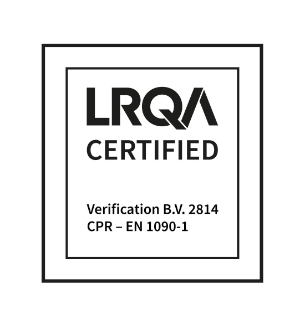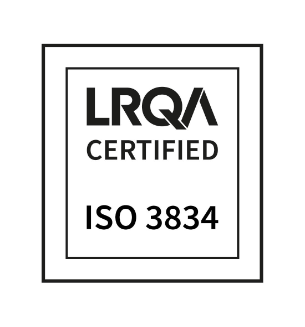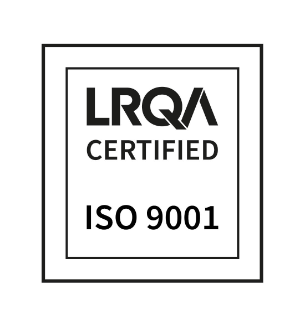Knowledge centre
5. Shearing
Since the introduction of laser cutting, shearing and punching have increasingly fallen by the wayside. However, the shearing machine is still regularly used for smaller series (especially simple, often rectangular products). A shearing machine is actually much quicker to program and set up than a laser cutter. For this reason, you’ll also find a few shearing tips in this handbook.
The achievable tolerances of shearing, also because of the wear of the blade, are dependent on the sheet thickness. The table below contains the tolerances per sheet thickness.
| Sheet thickness(mm) | Tolerances ± (mm), cut length ≤ 1000 mm |
|---|---|
| 1 | 0.2 |
| 2 | 0.3 |
| 3 | 0.4 |
| 4 | 0.5 |
| 6 | 0.6 |
| 8 | 0.8 |
| In-house production capacity | |
|---|---|
| Maximum shear width (mm) | 3100 |
| Maximum backstop (mm) | 1000 |
| Minimum backstop (mm) | 3 |
| Maximum material thickness steel (mm) | 8 |
| Maximum material thickness stainless steel (mm) | 6 |
Narrow strips can quickly distort shearing. The degree of deviation depends on the shearing angle and the strip width. The greater the shearing angle and the smaller the strip, the greater the deviation. Possible deviations are the twisting of the strip, curving of the strip and sabre formation. Fig. 5.1
Steel bulb plate and mesh are not sheared. This is due to the damage caused to the blade by the uneven load.
- Avoid perforated sections of sheet that have ‘blind’ selvedges all round; these are particularly labour intensive.
Corner notching
For notching the corners of sheet work, Kepser has a corner notcher (only at a fixed angle of 90 degrees).
Maximum sheet thicknesses:
- Steel 5 mm
- Stainless steel 3 mm








